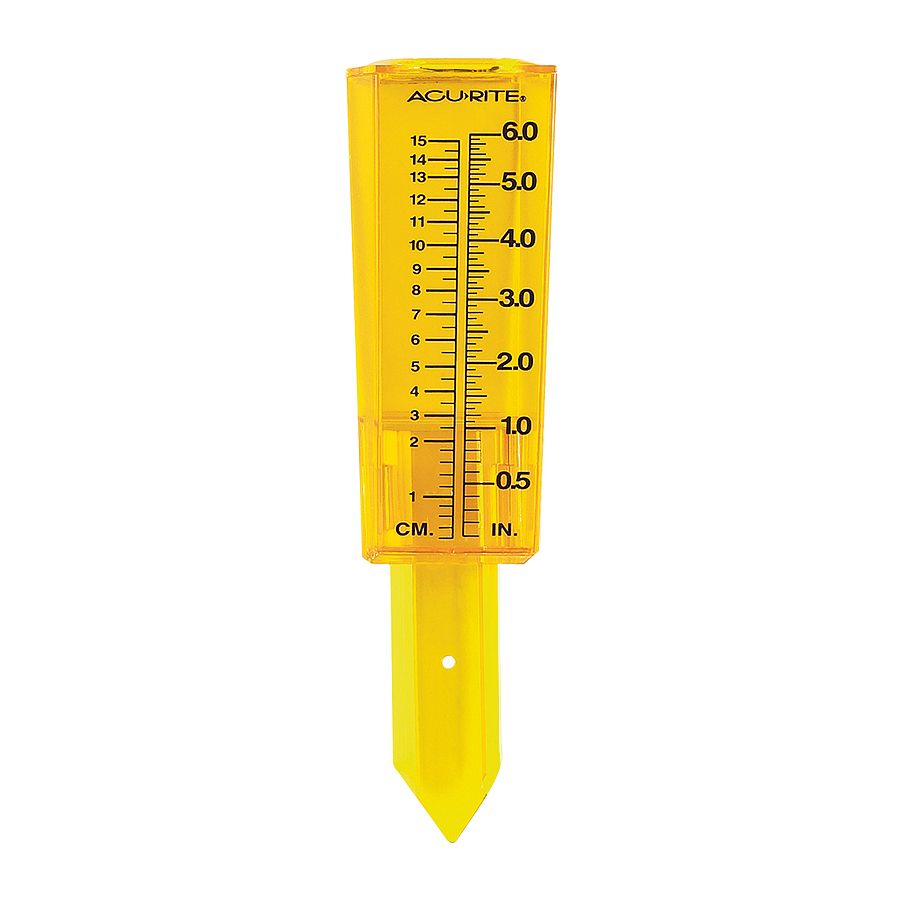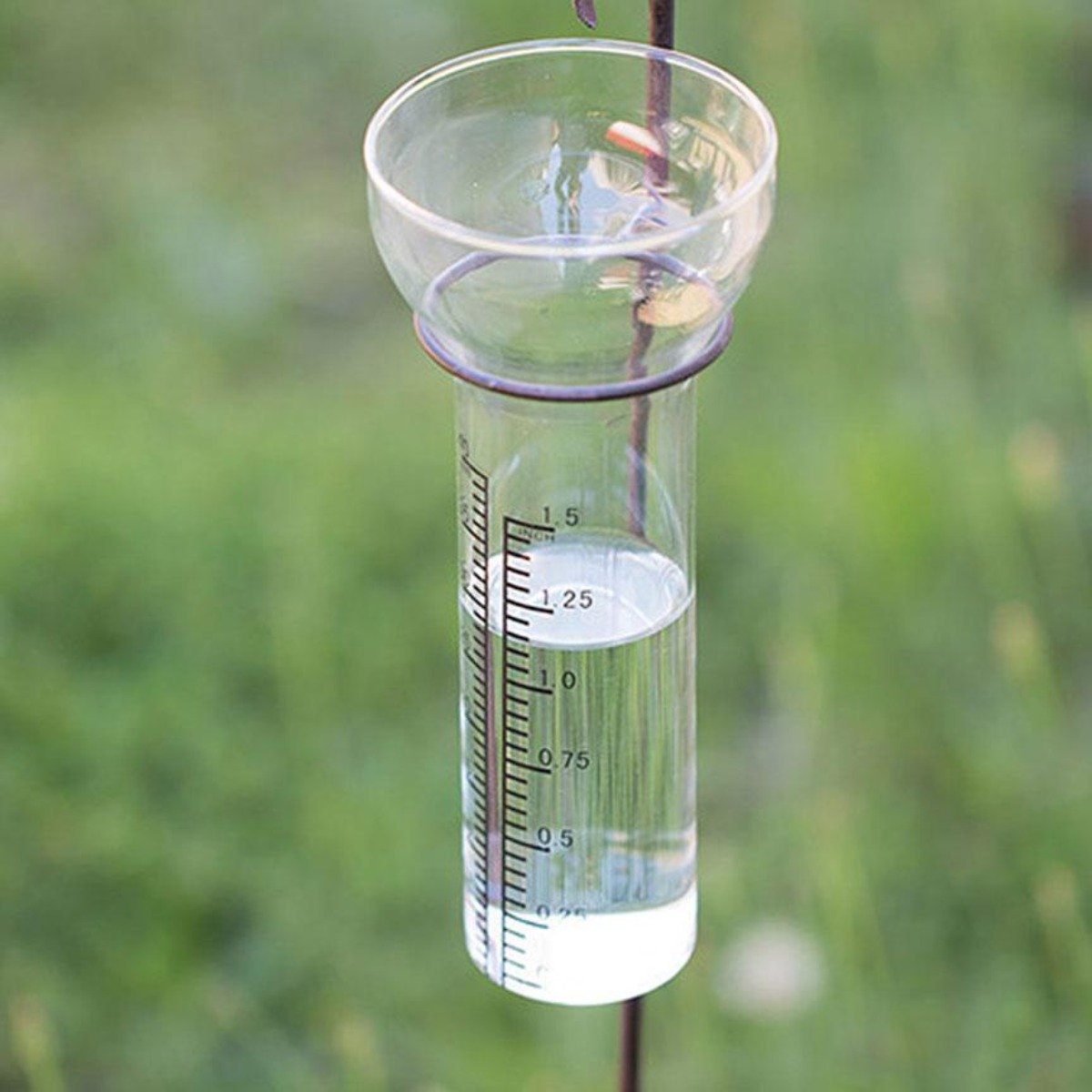Dive into The Rain Gauge: From Historical Development to Modern Applications
Dive into The Rain Gauge: From Historical Development to Modern Applications
Blog Article
Comprehending Rainfall Scale Dimensions: A Complete Overview
Comprehending Rainfall Gauge Measurements: A Total Overview is a thorough resource for anybody seeking a much deeper understanding of rainfall gauge measurements. Rain is a vital aspect in different markets, including meteorology, water, and farming resource administration. This guide intends to give viewers with a comprehensive understanding of the value of rain gauge measurements, the various sorts of rainfall determines available, and exactly how these dimensions are obtained and analyzed. Additionally, it explores the elements that can influence the accuracy of rainfall gauge readings and provides functional suggestions for acquiring exact measurements. Whether you are a professional in the field or merely have an inquisitiveness regarding rainfall measurement, this guide will equip you with the knowledge required to effectively use rainfall scale dimensions.
The Value of Rain Scale Measurements
The relevance of rain gauge dimensions exists in their role as a crucial tool for properly checking and evaluating rainfall degrees - The Rain Gauge. Rainfall gauge dimensions provide useful data that helps hydrologists and meteorologists understand patterns and fads in rainfall, which subsequently help in different areas such as agriculture, water source administration, and environment research study

Accurate rains measurements are crucial for agriculture as they assist in identifying watering demands, plant growth, and yield forecasts. Farmers rely upon this details to make educated choices concerning when to water their plants, preventing water wastage and guaranteeing ideal crop wellness. Furthermore, rainfall information helps in analyzing the influence of dry spells or excessive rainfall on plant production, enabling farmers to take proper actions to minimize losses.
Water source management greatly depends on rain scale measurements to identify the amount of water readily available in lakes, rivers, and reservoirs. Precise dimensions make it possible for water managers to make enlightened choices regarding water allocation and circulation, guaranteeing lasting usage and stopping scarcities. This information is specifically vital in regions where water shortage is a pushing concern.
In addition, rain scale dimensions play a crucial role in environment research study. By precisely measuring rains over extended durations, scientists can assess long-lasting climate patterns and recognize adjustments in rainfall patterns as a result of environment modification. This data assists policymakers and scientists establish techniques to adapt to and minimize the results of climate adjustment.
Kinds Of Rain Gauges
There are numerous kinds of rain evaluates made use of to determine rainfall accurately. Each type has its own advantages and limitations, making them appropriate for various objectives and settings.
One of the most usual sort of rain scale is the standard round scale. It contains a round container with a large funnel-shaped top to gather rain (The Rain Gauge). The water is after that funneled into a graduated determining tube, enabling for accurate measurement of the amount of rains
Another kind is the evaluating rainfall scale. Weighing rainfall determines are especially valuable in areas with icy rainfall or hefty rainfall, as they are not affected by spraying or dissipation.
Tipping bucket rainfall gauges use a system that tips a tiny bucket each time it gathers a specific amount of rainwater. The variety of suggestions is recorded and utilized to calculate the rains. This sort of gauge is typically utilized in automated weather condition terminals because of its low maintenance needs and capability to give real-time data.
Lastly, there are radar-based rain evaluates that usage radar technology to approximate rains. These gauges gauge the intensity of rains in a particular area by evaluating the reflected radar signals. They are especially beneficial for gauging rainfall over huge locations or in remote areas.
How Rainfall Gauge Measurements Job
Rainfall scale measurements are based on the principle of measuring the quantity and collecting of rainfall. These instruments are made to catch rain and supply an accurate measurement of the rains in a certain location.
The most common kind of rain gauge is the standard cylindrical gauge. It is composed of a round container with a vast opening on top to accumulate rainwater. The gathered water is then channelled right into a gauging tube, which is adjusted to give the measurement in units of length, commonly inches or millimeters.
Another kind of rain gauge is the tipping pail scale. It makes use of a seesaw-like mechanism with 2 containers that tip when they get to a specific weight limit. Each pointer of the container stands for a specific quantity of rainfall, permitting for precise dimensions.
Some sophisticated rainfall evaluates are outfitted with digital sensors that automatically record and transfer information. These sensors make use of various technologies such as ultrasound or laser to gauge the quantity of rains properly.
Variables Impacting Rainfall Scale Accuracy
Factors that can influence the accuracy of rain scale measurements consist of numerous ecological and operational variables. Ecological aspects such as wind, temperature, and air pressure can considerably influence the accuracy of rain gauge measurements. Solid winds can cause the rainfall gauge to turn or move, resulting in inaccurate analyses. Similarly, extreme temperatures can cause dissipation or cold of the accumulated rain, leading to altered dimensions. Adjustments in air pressure can likewise affect the precision of rainfall gauge dimensions, as they can modify the price at which rainfall is accumulated.
Functional variables, on the other hand, describe elements related to the style, installation, and maintenance of the rain scale. The positioning of the rain scale in an area with his comment is here obstructed airflow or near structures or trees can cause unreliable analyses due to obstruction or splattering of rains. Incorrect calibration or irregular maintenance of the rainfall scale can additionally affect its accuracy.
To make certain the precision of rainfall gauge measurements, it is necessary to think about these variables and take ideal procedures. This may involve selecting an ideal area for the rainfall scale, ensuring appropriate installation and maintenance, and consistently calibrating the tool. By resolving these aspects, exact and dependable rainfall measurements can be obtained, which are vital for numerous applications such as weather condition forecasting, hydrological researches, and farming.
Tips for Properly Gauging Rainfall
To make sure specific rainfall measurements, it is critical to apply certain techniques and approaches when making use of a rainfall gauge. Below are some suggestions for properly gauging rains:
Appropriate Positioning: Place the rain gauge in an open location, away from trees, buildings, and various other blockages that may interfere with the rainfall collection. It should be placed on a degree surface to prevent web water merging or overflow.

Check Out the Scale Properly: When taking measurements, checked out the water level at eye degree from all-time low of the meniscus. Stay clear of parallax errors by straightening your view directly with the water degree.
Regular Time Period: Establish a consistent time period for gauging rains, such as every 24-hour or after each rainfall occasion. This makes certain accurate monitoring and comparison of precipitation data.
Record Measurements Immediately: Record rains dimensions as soon as possible after collection to avoid evaporation or splilling. Utilize a rainfall gauge with a built-in information logging attribute for automatic recording.
Verdict
Finally, comprehending rainfall scale measurements is essential for accurately gauging rains. Different kinds of rainfall evaluates are readily available, each with their own benefits and limitations. It is essential to think about factors that can influence the accuracy of rain scale measurements, such as dissipation, wind, and placement. By following the ideas offered, one can make sure more dependable and precise rainfall measurements.
Understanding Rainfall Scale Measurements: A Total Overview is a detailed source for anyone seeking a deeper understanding of rainfall gauge measurements. Whether you are a professional in the area or merely have a curiosity regarding rainfall measurement, this guide will equip you with the understanding required to effectively use rain gauge measurements.
The most common type of navigate to this site rain scale is the basic cylindrical gauge.The most typical type of rainfall gauge is the standard cylindrical gauge.One more type of rain scale is the tipping container gauge.
Report this page